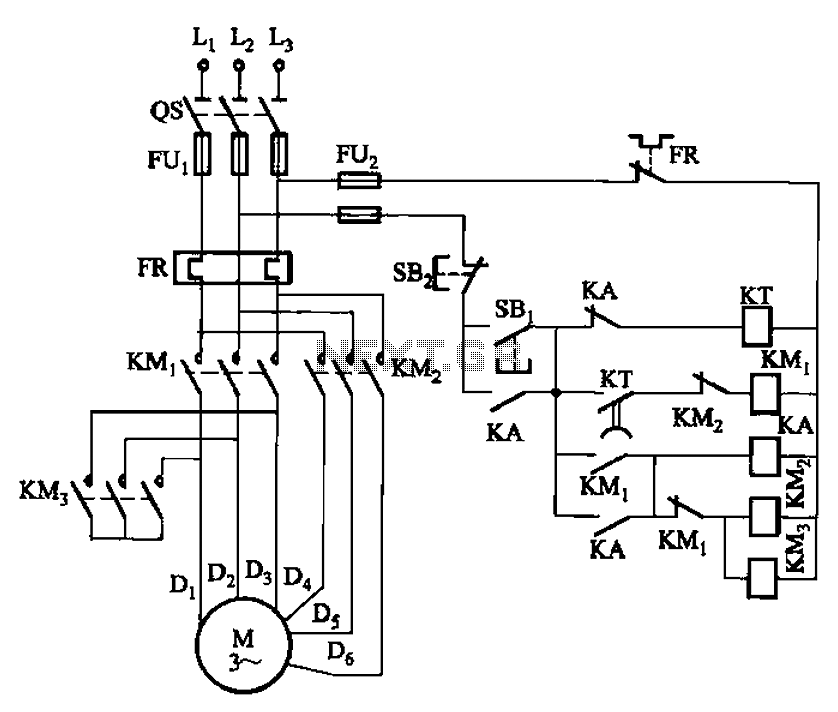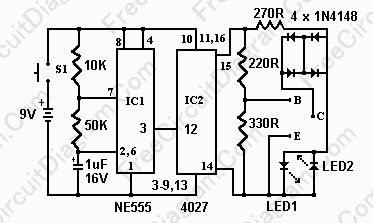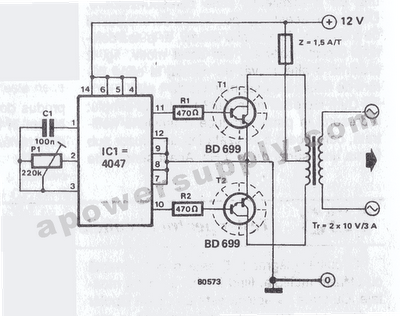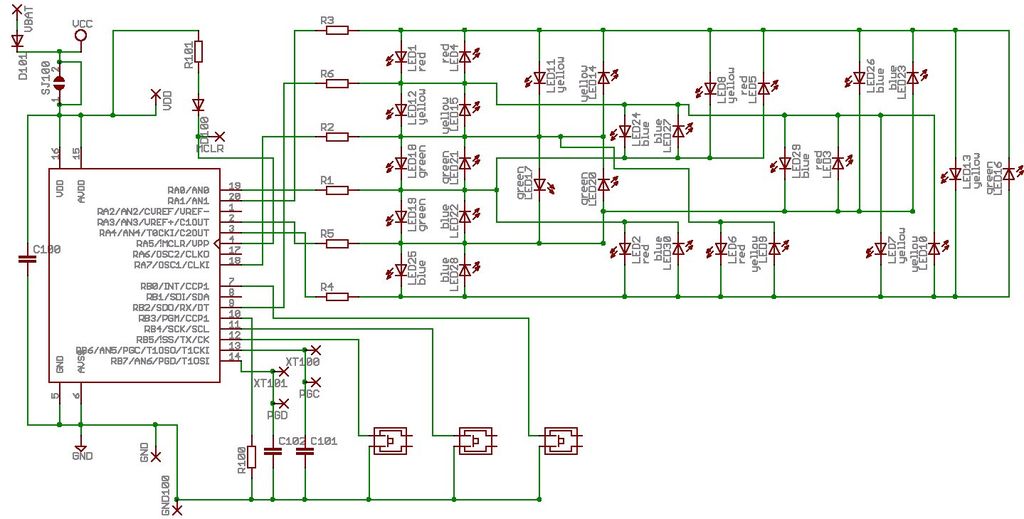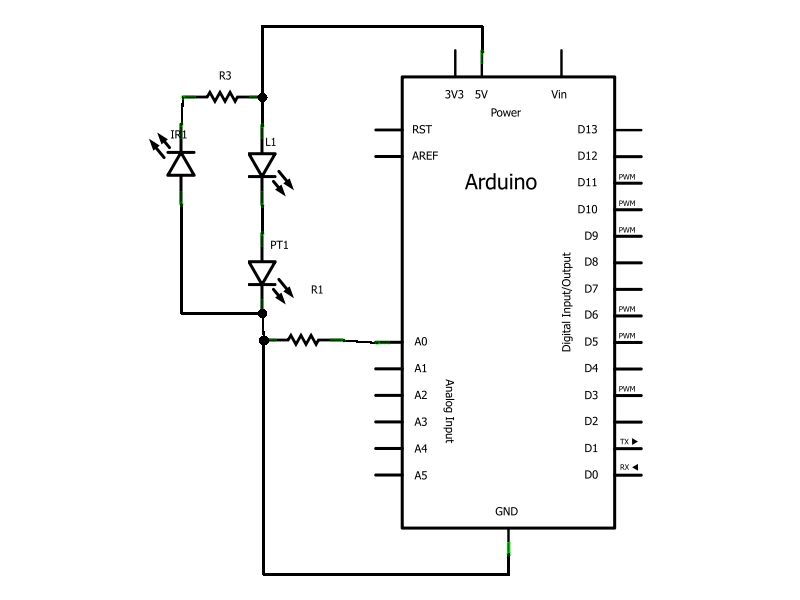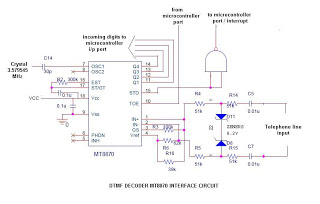
How To Connect Two Computers Using Modems
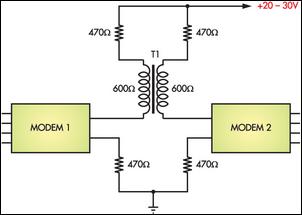
Connecting two PCs via modems using a twisted pair cable may not yield any results because the modems are designed to operate over a phone line.
The scenario described involves the attempt to establish a connection between two personal computers (PCs) using modems connected by a twisted pair cable. Modems are devices that modulate and demodulate signals for data transmission over telephone lines. When using modems, it is crucial to ensure that the connection medium is compatible with the expected communication protocol.
In this case, the use of a twisted pair cable, which is typically employed for local area network (LAN) connections, does not meet the requirements for modem operation, as modems are specifically designed to communicate over standard telephone lines. The twisted pair cable lacks the necessary signaling and voltage levels that modems expect for proper operation.
To successfully connect two PCs using modems, it is essential to utilize a standard telephone line or an appropriate emulator that can replicate the conditions of a phone line. Alternatively, if the goal is to connect two PCs directly without using modems, a direct Ethernet connection using twisted pair cables with appropriate network interface cards (NICs) would be a more suitable approach. This would allow for data transfer and communication without the limitations imposed by modem compatibility.
For applications requiring long-distance communication, consider using a modem that supports digital signals over twisted pair cables, such as DSL modems, which are specifically designed for such connections. Proper configuration of the modems and ensuring that both devices are set to the same communication parameters is also vital for establishing a successful connection.Have you ever connected two PCs together via modems using a twisted pair cable and nothing happened? That s because the modems are expecting a phone line.. 🔗 External reference
The scenario described involves the attempt to establish a connection between two personal computers (PCs) using modems connected by a twisted pair cable. Modems are devices that modulate and demodulate signals for data transmission over telephone lines. When using modems, it is crucial to ensure that the connection medium is compatible with the expected communication protocol.
In this case, the use of a twisted pair cable, which is typically employed for local area network (LAN) connections, does not meet the requirements for modem operation, as modems are specifically designed to communicate over standard telephone lines. The twisted pair cable lacks the necessary signaling and voltage levels that modems expect for proper operation.
To successfully connect two PCs using modems, it is essential to utilize a standard telephone line or an appropriate emulator that can replicate the conditions of a phone line. Alternatively, if the goal is to connect two PCs directly without using modems, a direct Ethernet connection using twisted pair cables with appropriate network interface cards (NICs) would be a more suitable approach. This would allow for data transfer and communication without the limitations imposed by modem compatibility.
For applications requiring long-distance communication, consider using a modem that supports digital signals over twisted pair cables, such as DSL modems, which are specifically designed for such connections. Proper configuration of the modems and ensuring that both devices are set to the same communication parameters is also vital for establishing a successful connection.Have you ever connected two PCs together via modems using a twisted pair cable and nothing happened? That s because the modems are expecting a phone line.. 🔗 External reference
